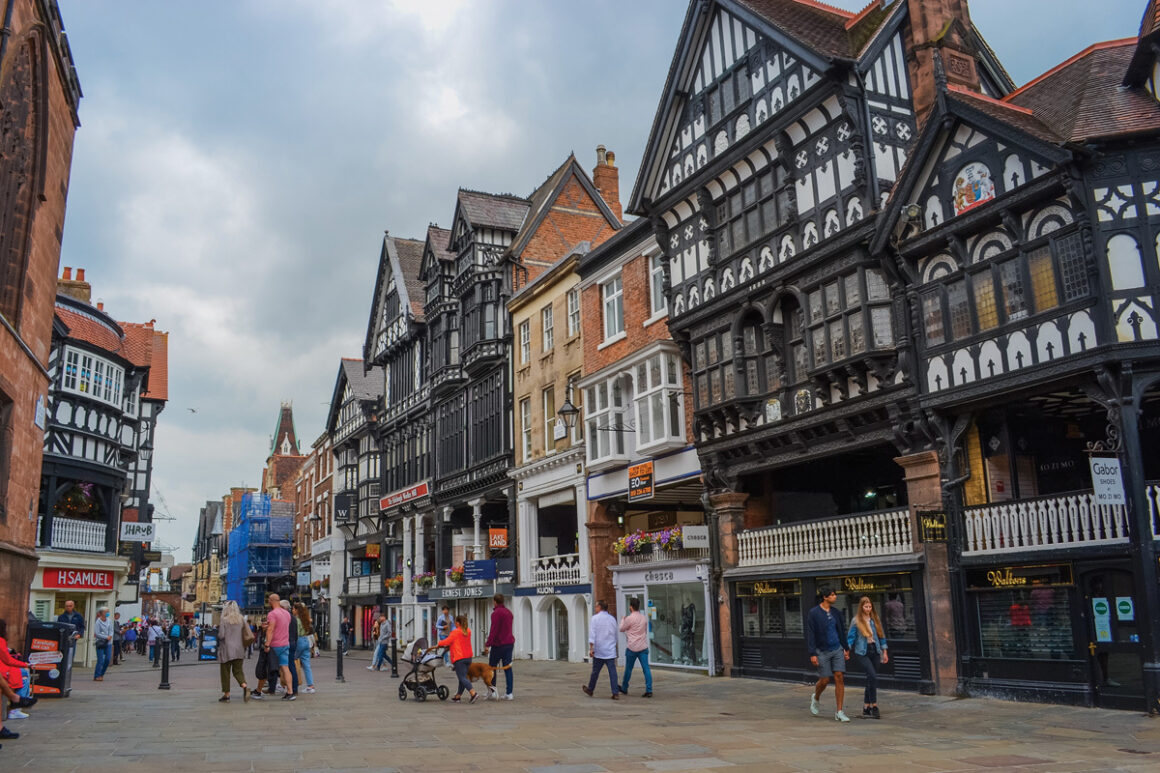The Evolution and Resilience of the UK High Street in 2024
In 2024, the UK high street is undergoing a significant transformation, showcasing both resilience and innovation in the face of economic challenges and shifting consumer behaviours. The pandemic-induced disruptions of the early 2020s forced many traditional high street businesses to adapt rapidly, embracing new technologies and redefining their roles within the community. This year, we are witnessing a reimagined high street that blends the best of both physical and digital retail, catering to a more discerning and experience-driven customer base.
The revival of the high street is partly driven by a renewed focus on localism and community engagement. Independent retailers, artisanal shops, and local eateries are thriving as consumers increasingly prioritize supporting local businesses over impersonal, large-scale retail chains. This shift is not just about economics; it’s a cultural movement towards sustainability and community cohesion. High street businesses are leveraging their unique local identities to offer personalized services and bespoke products, creating a sense of belonging and loyalty among their customers.
One of the most notable trends in 2024 is the integration of technology into the high street experience. Retailers are utilizing advanced analytics, augmented reality (AR), and artificial intelligence (AI) to enhance customer engagement and streamline operations. For instance, AR is being used to create immersive shopping experiences, allowing customers to visualize products in their own homes before making a purchase. AI-powered chatbots and virtual assistants provide personalized shopping advice and 24⁄7 customer support, bridging the gap between online convenience and in-store service.
Moreover, the concept of the ‘smart high street’ is gaining traction. This involves the use of IoT (Internet of Things) devices and smart infrastructure to create a connected and efficient urban environment. From smart lighting and waste management to real-time foot traffic analytics, these innovations are not only improving the operational efficiency of high street businesses but also enhancing the overall shopping experience. For example, smart parking solutions help reduce congestion and make it easier for customers to visit high street stores, while digital kiosks and interactive maps guide shoppers to their desired destinations.
Another significant development is the rise of mixed-use spaces on the high street. Retail spaces are increasingly being combined with residential, office, and leisure facilities, creating vibrant, multifunctional hubs that cater to diverse needs. This trend is particularly evident in urban areas where high streets are evolving into ‘live-work-play’ environments. By offering a blend of shopping, dining, working, and living spaces, these mixed-use developments are attracting a steady flow of visitors throughout the day, boosting foot traffic and economic activity.
Sustainability remains a key focus for high street businesses in 2024. Consumers are more eco-conscious than ever, and businesses are responding by adopting sustainable practices and offering environmentally friendly products. From reducing plastic packaging and promoting zero-waste initiatives to sourcing local and organic products, high street retailers are making significant strides towards sustainability. Additionally, the implementation of green technologies such as solar panels and energy-efficient lighting is helping businesses reduce their carbon footprint and appeal to environmentally aware customers.
However, the high street’s transformation is not without its challenges. Rising costs, changing regulations, and the ongoing competition from online retailers continue to pose significant hurdles. To overcome these obstacles, high street businesses must remain agile and innovative, continuously adapting to the evolving landscape. Collaboration and community support will be crucial, with local councils, business associations, and residents working together to ensure the high street’s vitality and relevance.
In conclusion, the UK high street in 2024 is a testament to the resilience and ingenuity of its businesses. By embracing technology, focusing on sustainability, and fostering a sense of community, high street retailers are not only surviving but thriving in a rapidly changing world. As consumers continue to seek unique and meaningful shopping experiences, the high street is well-positioned to remain a central and cherished part of British life.
